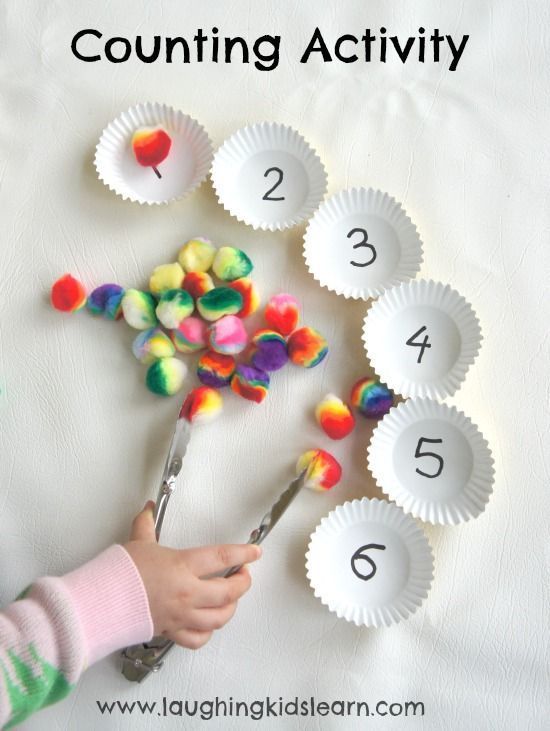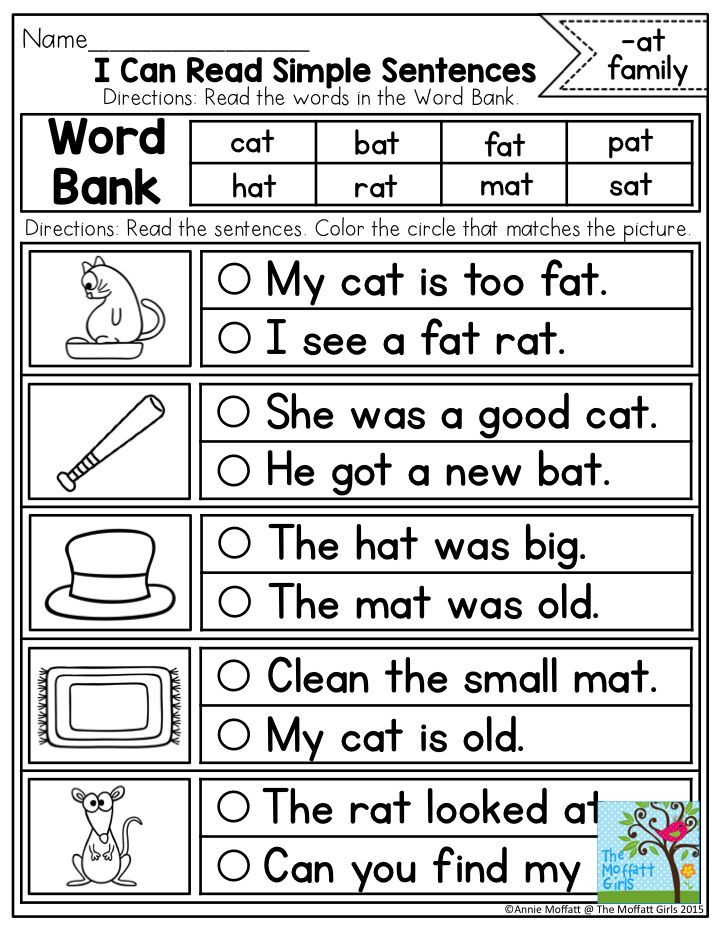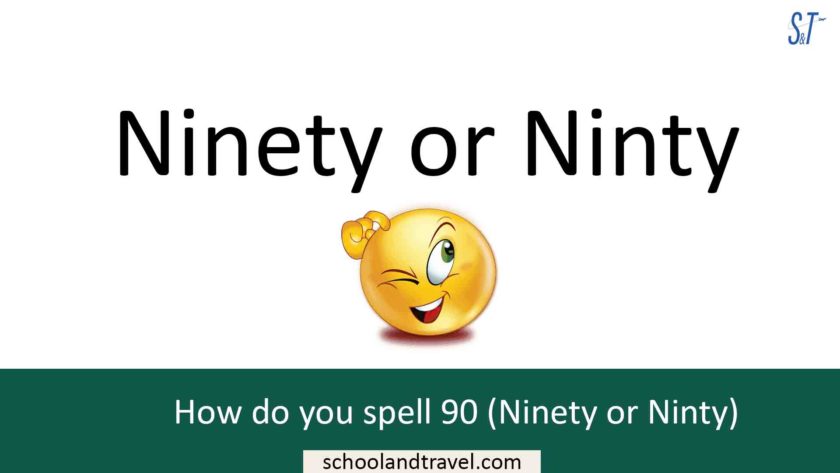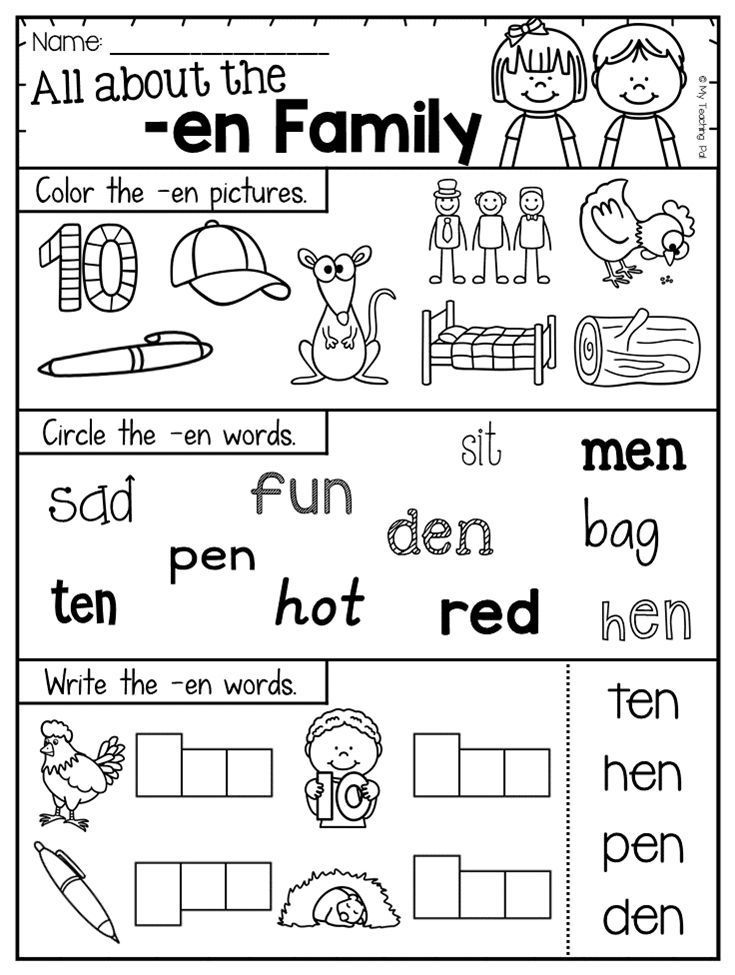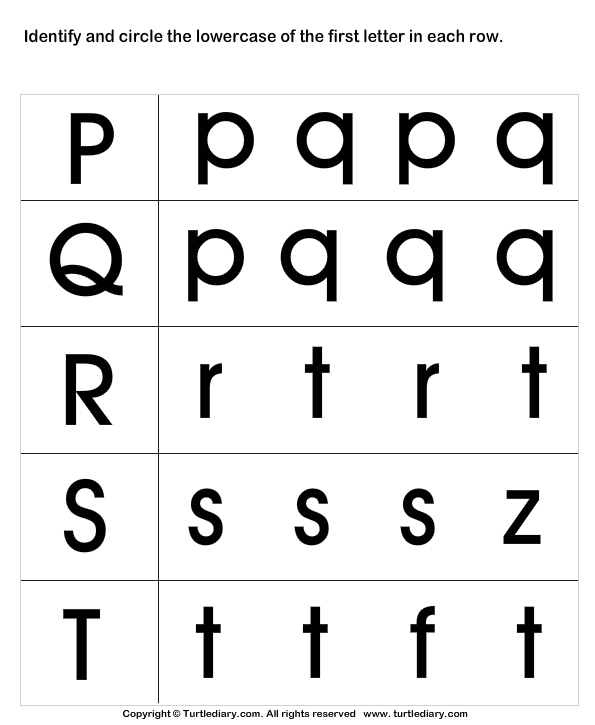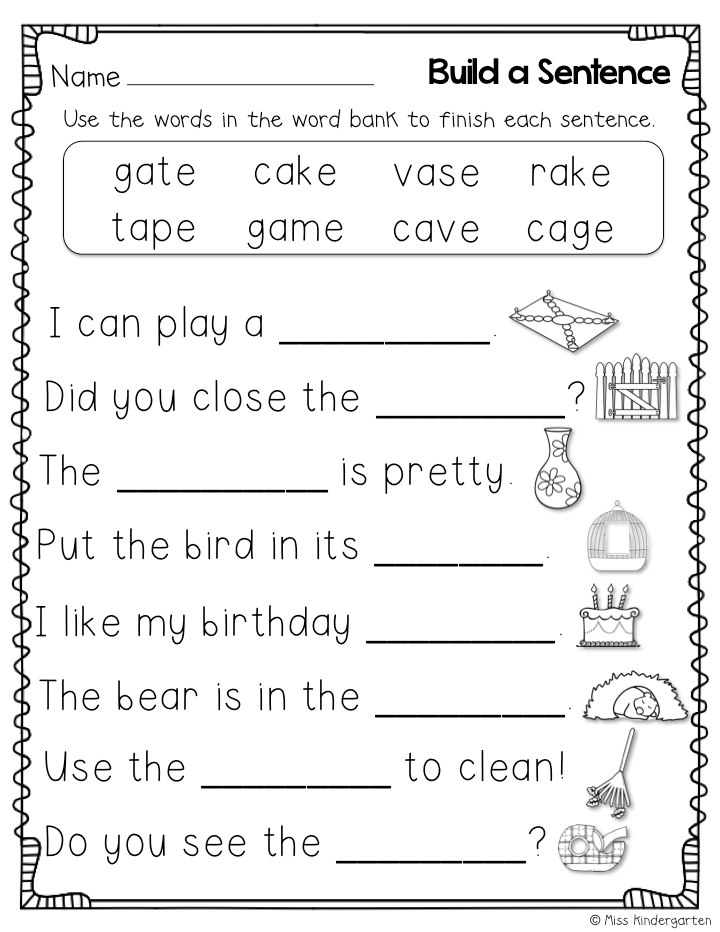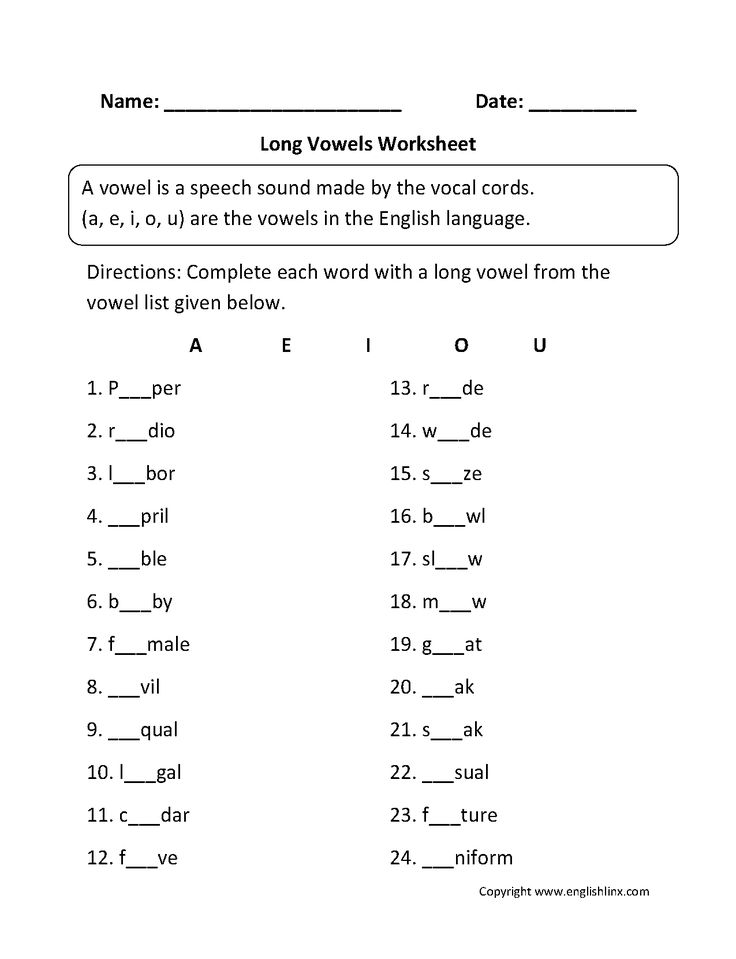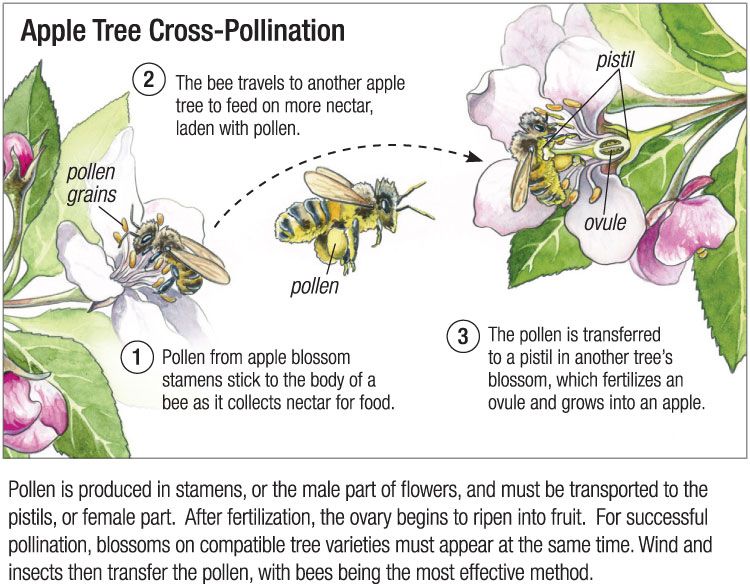The pollination story
Sid the Science Kid: Pollination
None Sid investigates why there’s a picture of a bee on his honey cereal box. Sid can’t wait to eat his honey cereal but stops in his tracks when he sees a picture of a bee on his honey cereal box. Why is there a picture of a bee on a honey cereal box? When Sid learns that bees make honey, he grabs his magnifying glass to investigate. He discovers that bees go from flower to flower. Dad tells him they do that because the bees are “gathering nectar” by sucking sweet juice from the flowers. Then they turn that nectar into honey. Grab your magnifying glass and join Sid as he explores how honey is made and why we should say thank you to bees for all the work they do! show full description Show Short DescriptionScience
Enjoy our collection of fun science stories for kids. With favorites like Sid the Science Kid and Hayley Rides into Space, you're sure to find stories your child will love.
view all
Robot in Space
Hayley Rides Into Space
My Terrific Spaceship
Sid The Science Kid: Reused Robot
Sid the Science Kid: Hello, Doggie
Sid The Science Kid: Rolie Polies
Sid the Science Kid: Optical Illusions
Sid the Science Kid: Gravity and Weightlessness
Sid the Science Kid: Primary Colors
Sid the Science Kid: Ants
Sid the Science Kid: States of Water
Sid the Science Kid: Pollination
One membership, two learning apps for ages 2-8.
TRY IT FOR FREE
Full Text
Hey, you’re a scientist, like me! Come discover with Sid the Science Kid. “Sid! Woah! It’s time for breakfast!” “Ahh, I’m so hungry, Mom! I’m gonna have my favorite cereal—the kind with honey.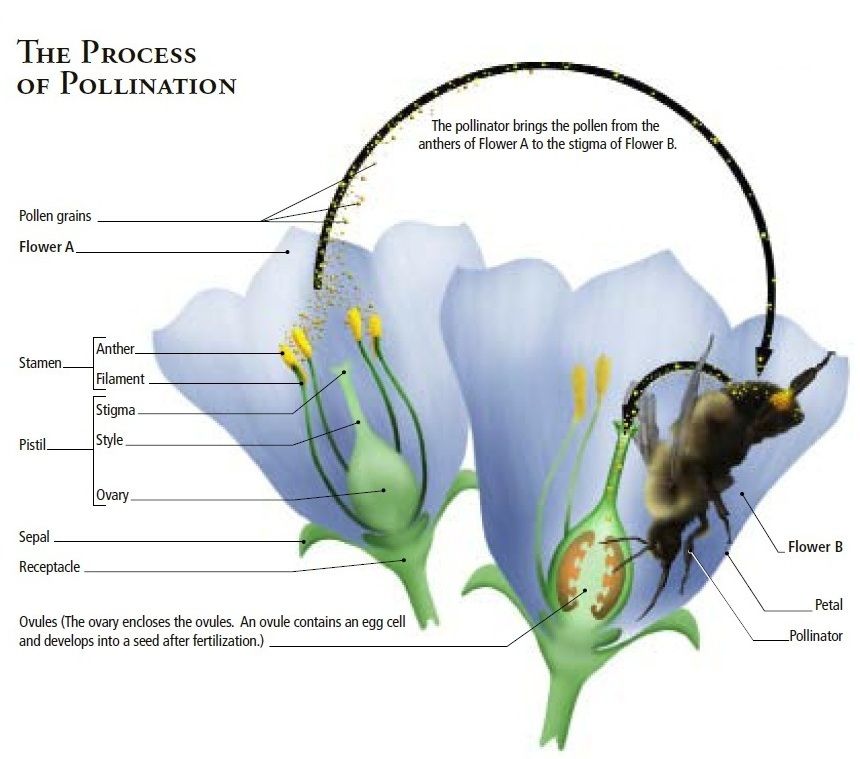 I love honey!” “Yep, you’re right! Honey is so good!” “Hey, Mom and Dad! Did you ever notice that the honey cereal box has pictures of bees on it? That’s funny! I wonder why they’re on there?” “I know why, Sid. Because the cereal has honey.” “And do you know where that honey comes from? We get it from our friends the bees. It’s the bees that make honey!” “This sounds like something I need to investigate!” “And don’t forget to take your magnifying glass so that you can observe the bees!” “Bees! Where are you?” “Where there are flowers, there are bees!” Oh, well maybe these flowers over here—There’s a bee! It looks like it’s sucking on the flower! “Yep. You got it, Sid. That is called ‘gathering nectar.’” “Hey, bee, come back! Don’t fly away!” “Oh, there it is!” “Oh! It’s landing on another flower!” “It’s gathering sweet juice from the flower.” “Ah, that’s incredible! Then the bees use that sweet juice to make honey for my cereal. Right, Dad?” “Yeah, and that juice is nectar.
I love honey!” “Yep, you’re right! Honey is so good!” “Hey, Mom and Dad! Did you ever notice that the honey cereal box has pictures of bees on it? That’s funny! I wonder why they’re on there?” “I know why, Sid. Because the cereal has honey.” “And do you know where that honey comes from? We get it from our friends the bees. It’s the bees that make honey!” “This sounds like something I need to investigate!” “And don’t forget to take your magnifying glass so that you can observe the bees!” “Bees! Where are you?” “Where there are flowers, there are bees!” Oh, well maybe these flowers over here—There’s a bee! It looks like it’s sucking on the flower! “Yep. You got it, Sid. That is called ‘gathering nectar.’” “Hey, bee, come back! Don’t fly away!” “Oh, there it is!” “Oh! It’s landing on another flower!” “It’s gathering sweet juice from the flower.” “Ah, that’s incredible! Then the bees use that sweet juice to make honey for my cereal. Right, Dad?” “Yeah, and that juice is nectar. ” “Bye!” “Well, where’s the bee going now?” “Home. That’s its beehive.” “And that’s where the bees keep all the nectar that they’ve gathered.” “That’s right! You got it, Siddo. Bzzzzz! The bees are making the nectar into honey. They make the honey to feed all the bees in the hive during winter, and to feed breakfast to you, Sid!” “I’m gonna go tell my friends!” “Hi, scientists! I hear you made an interesting discovery today, Sid.” “This morning I learned that honey’s made by bees!” “Yay for bees!” “To do it, they use nectar. And nectar is the sweet juice they gather from inside flowers.” “That’s true, Sid. But bees also do something else that’s very useful for nature. To make seeds, a flower needs pollen.” “Oh, what’s pollen?” “Pollen is a powder the flower has inside. Sometimes the wind can blow the pollen from one flower to another, but that doesn’t always work out very well.” “’Cause the wind just blows everywhere?” “Exactly. So the bees are much better at bringing pollen from one flower to another.
” “Bye!” “Well, where’s the bee going now?” “Home. That’s its beehive.” “And that’s where the bees keep all the nectar that they’ve gathered.” “That’s right! You got it, Siddo. Bzzzzz! The bees are making the nectar into honey. They make the honey to feed all the bees in the hive during winter, and to feed breakfast to you, Sid!” “I’m gonna go tell my friends!” “Hi, scientists! I hear you made an interesting discovery today, Sid.” “This morning I learned that honey’s made by bees!” “Yay for bees!” “To do it, they use nectar. And nectar is the sweet juice they gather from inside flowers.” “That’s true, Sid. But bees also do something else that’s very useful for nature. To make seeds, a flower needs pollen.” “Oh, what’s pollen?” “Pollen is a powder the flower has inside. Sometimes the wind can blow the pollen from one flower to another, but that doesn’t always work out very well.” “’Cause the wind just blows everywhere?” “Exactly. So the bees are much better at bringing pollen from one flower to another.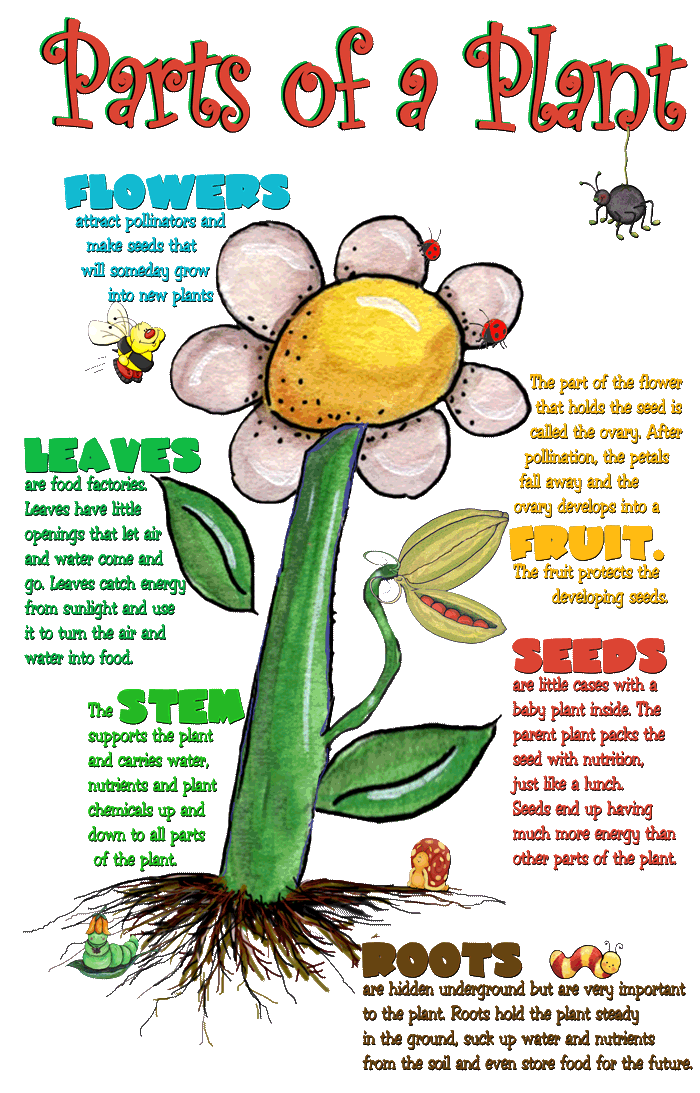 When they gather nectar, pollen sticks to their back legs.” “Ooooh!” “And when they fly away, that pollen will stick to the next flower that they land on.” “Wait, Teacher Susie, does that mean if there weren’t any more bees, then there wouldn’t be any flowers in our garden?” “Well, if there weren’t as many bees, there would be fewer flowers and less fruit!” “From now on, I’m going to say thank you whenever I see a bee outside.” “Let’s celebrate by having some toast with honey!” “Yay!” “Let’s go!” “Flowers and bees work great together!” “Yeah!” Now I know why bees and flowers get along so well. It’s the pollen! Right, flowers? Ahh. Flowers give nectar to the bees, and the bees carry pollen to other flowers so that more flowers can grow and they can give us more yummy fruit. Next time you see a pretty flower, thank our friends the bees. See you later, scientists! Mm. Ahh!
When they gather nectar, pollen sticks to their back legs.” “Ooooh!” “And when they fly away, that pollen will stick to the next flower that they land on.” “Wait, Teacher Susie, does that mean if there weren’t any more bees, then there wouldn’t be any flowers in our garden?” “Well, if there weren’t as many bees, there would be fewer flowers and less fruit!” “From now on, I’m going to say thank you whenever I see a bee outside.” “Let’s celebrate by having some toast with honey!” “Yay!” “Let’s go!” “Flowers and bees work great together!” “Yeah!” Now I know why bees and flowers get along so well. It’s the pollen! Right, flowers? Ahh. Flowers give nectar to the bees, and the bees carry pollen to other flowers so that more flowers can grow and they can give us more yummy fruit. Next time you see a pretty flower, thank our friends the bees. See you later, scientists! Mm. Ahh!
1
We take your child's unique passions
2
Add their current reading level
3
And create a personalized learn-to-read plan
4
That teaches them to read and love reading
TRY IT FOR FREE
What is pollination? – a resource for kids
Pollination is a very important part of the life cycle of plants.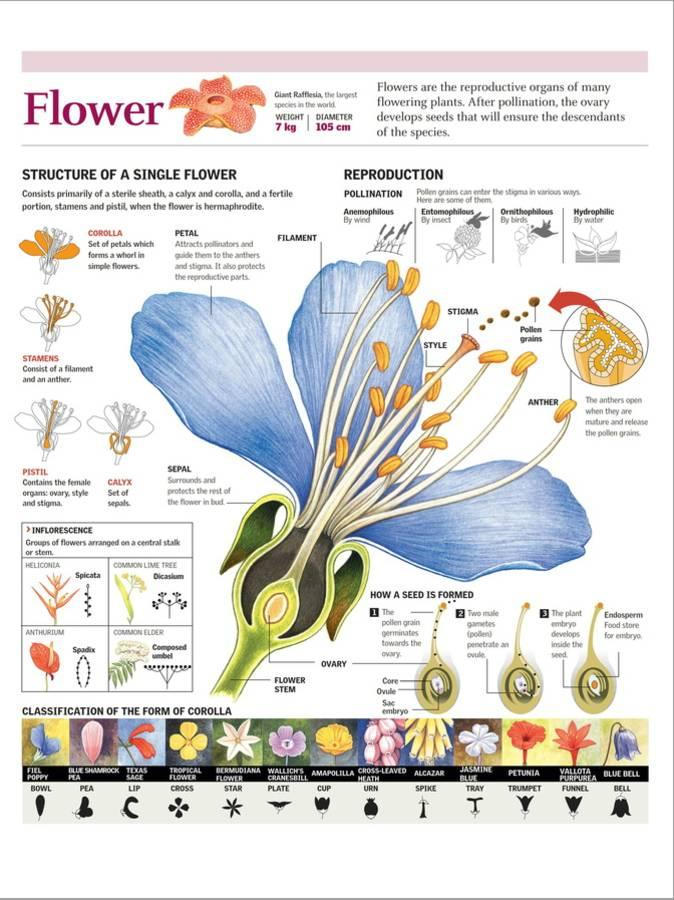 Insects, birds, bats and the wind take pollen between flowering plants, which means the plants can make seeds and reproduce (have babies!). The video and pictures below show how.
Insects, birds, bats and the wind take pollen between flowering plants, which means the plants can make seeds and reproduce (have babies!). The video and pictures below show how.
- Published
Pollinator video
Pollination: how insects help plants to make seeds
Insects take pollen between flowering plants of the same type. The pollen fertilises egg cells to make seeds.
1.

The bee says:
“The bright colours and smell of that flower tell me that it's got the sugary nectar I love to eat and the pollen I feed to my kids. Yum!”
2.
The bee says:
“Om nom nom. While eating at this flower some of the pollen has rubbed off on me by accident.”
The bee flies to a new flower. At this other flower the pollen from the first flower will fertilise the egg cells to make seeds.
A: Pollen enters the flower here
B: Egg cells are fertilised by pollen and grow into seeds
Other types of pollination
It's not only insects that pollinate plants.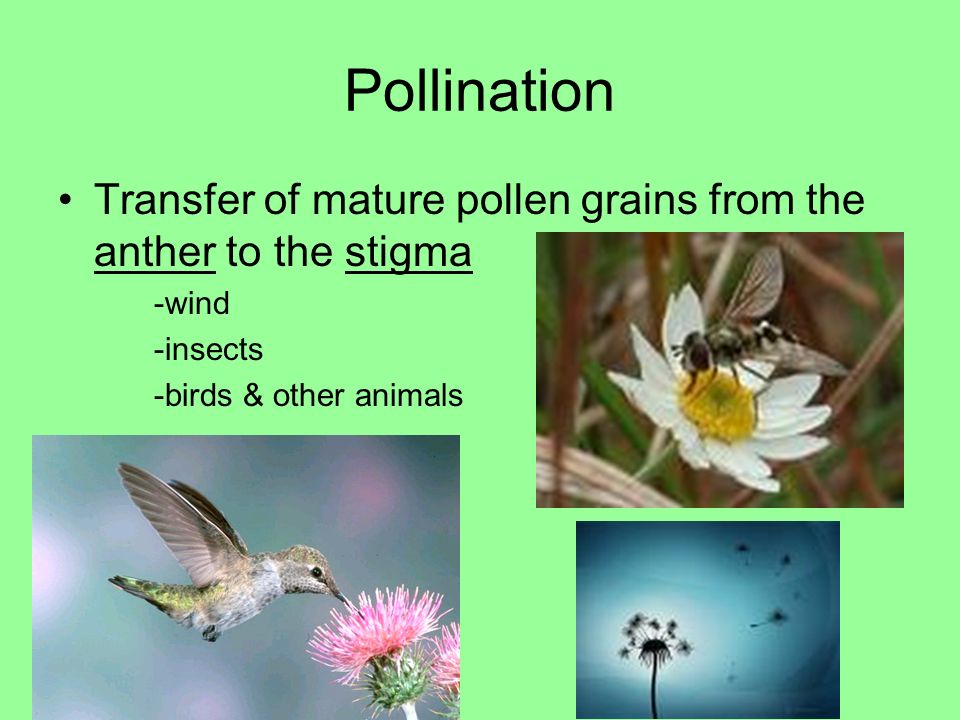 Birds, bats and the wind can also take pollen between plants.
Birds, bats and the wind can also take pollen between plants.
Pollination is important for humans
No pollination = not as many plants to use as food, clothing, shelter and other things!
CTA
Printable diagram
We hope that adults will find our diagram useful for teaching children how pollination is crucial to life on Earth. Teachers of Key Stage 2 pupils (aged 7-11 years) should find it useful when teaching the basic elements of the life cycle of plants.
Download the PDF
Shop for bee-related products
Subscribe to our newsletter
The Importance of Pollinators | Food and Agriculture Organization of the United Nations
The celebration of World Bee Day on 20 May is an opportunity to highlight the importance of beekeepers and the role of bees and other pollinators in maintaining human and planetary health, conserving biodiversity, and promoting food security and improved nutrition.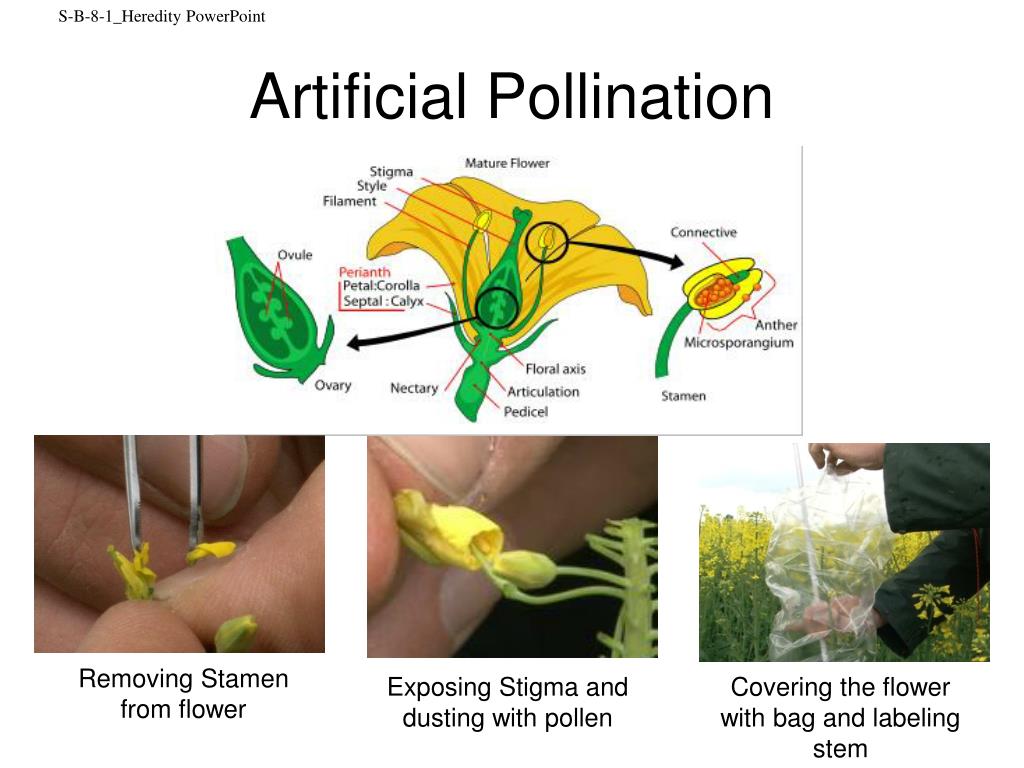 This year we are recognizing the importance of bee diversity and looking for ways to conserve them.
This year we are recognizing the importance of bee diversity and looking for ways to conserve them.
Browse this collection of FAO publications for guides, tools and analyzes related to pollinators.
Additional information can be found in the Catalog of Publications.
Protecting pollinators from pesticides – Urgent need for action
This brief provides options for enhancing policies, legislation, and risk assessment and mitigation to protect pollinators from pesticides.
Good beekeeping practices for sustainable apiculture
These guidelines cover the products and services provided by bees, including honey, pollen and apitherapy. Best practices presented include using blockchain technology to create a honey traceability system.
Responsible use of antimicrobials in beekeeping
This report presents a step by step decision methodology (WWP) for implementing biosecurity measures in beekeeping, which is a useful tool for government, beekeepers and the industry in identifying the steps that need to be taken to maintain a sustainable, healthy and sustainable beekeeping.
Visual manual on good beekeeping practices for small-scale beekeepers in Africa
The manual warns of the dangers of unsustainable honey harvesting practices and their negative impact on bees and the environment. It also shows you how to properly use your beekeeping equipment to keep your bees healthy and produce quality honey, including how to regularly disinfect your beekeeping equipment.
The pollination services of forests – A review of forest and landscape interventions to enhance their cross-sectoral benefits
This working paper reviews the published literature on the impact of forest and landscape management practices on pollinators. It also examines the impacts of climate change, contains case studies and makes recommendations on measures to maintain the diversity and abundance of pollinators in forests and landscapes.
Good beekeeping practices. Practical manual on how to identify and control the main diseases of the honeybee ( Apis mellifera )
This publication is intended to assist beekeepers and industry consultants in identifying and preventing honeybee diseases and applying the correct treatments.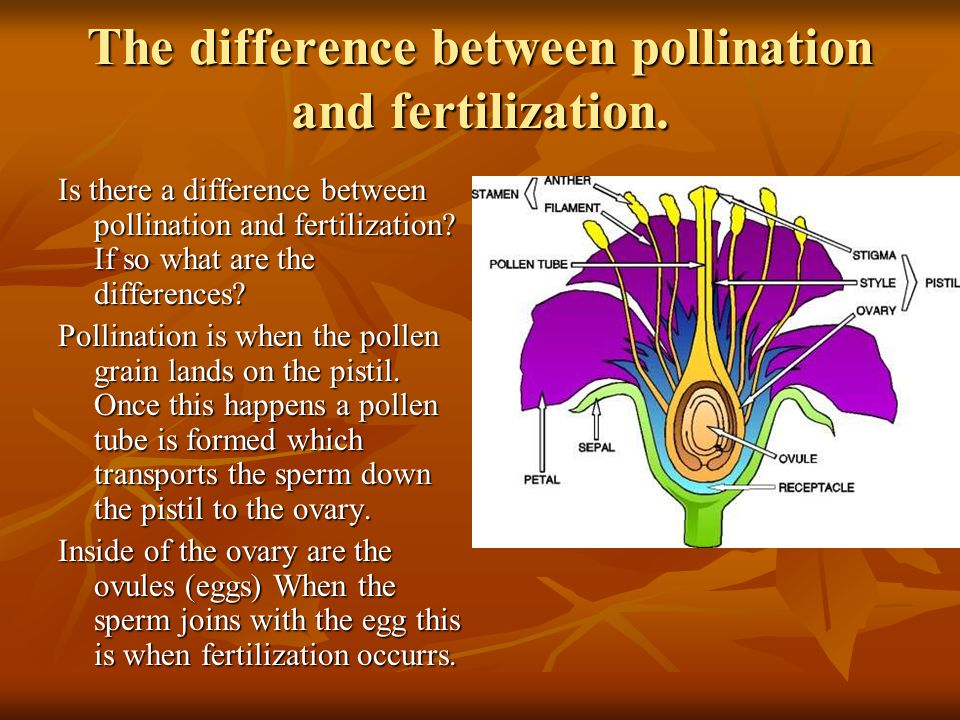
More information about pollination
- Protection of honeybees and other pollinators: one global study
- The pollination services of forests. Forest and landscape interventions and their benefits (infographic)
- Towards sustainable crop pollination services. Measures at field, farm and landscape scales
- Mainstreaming of biodiversity and ecosystem services with a focus on pollination
- The pollination of cultivated plants: a Compendium for practitioners - Volume 1 & Volume 2 .
- A quantitative approach to the socio-economic evaluation of pollinator-friendly practices: a protocol for its use
- Protocol to detect and monitor pollinator communities: Guidance for practitioners
- Crops, weeds and pollinators − Understanding ecological interactions for better management
- Pollinator safety in agriculture
- Pollinators challenge badge
- Aspects determining the risk of pesticides to wild bees: Risk profiles for focal crops on three continents
- Value-added products from beekeeping (1996)
- Why bees matter: The importance of bees and other pollinators for food and agriculture
- Apiculture et changements climatiques: construire une filière résiliente (Available in French only)
- Initiative Casamiel, pour une apiculture résiliente, productive et inclusive en Casamance (Available in French only)
Forthcoming
- Review of existing legislation to protect pollinators from pesticides in selected countries
More publications can be found by clicking here.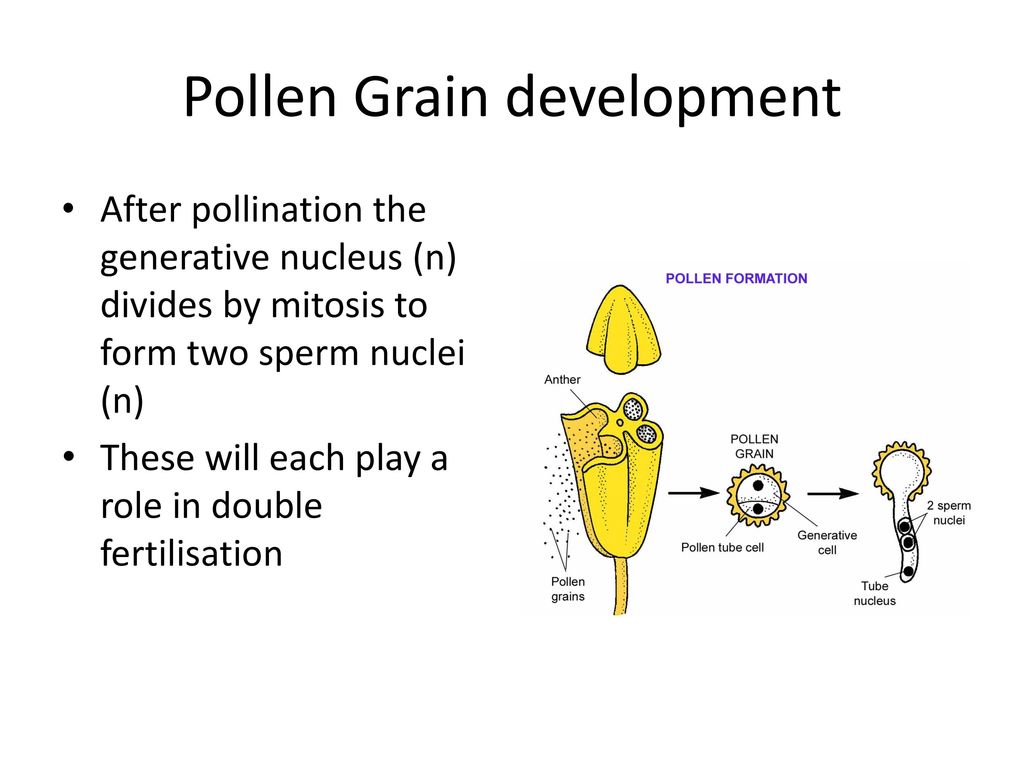
Please note that some of the publications mentioned above are not available in Russian, but are available in English and/or other official UN languages.
Details of the process of tomato pollination | Gavrish
Tomato is a self-pollinator. This is due to the fact that the stigma of the pistil in most varieties is located inside the stamen cone below the anther cracking level. At the same time, the flowers of the tomato plant have a drooping arrangement: the stigma of the pistil is lowered down.
All this helps to improve pollination. The release of pollen occurs by longitudinal cracking of the anther when the flower is fully opened and the corolla of the flower is colored. The stigma of the pistil is receptive to receiving pollen much earlier, 1-2 days before the flower opens, and flowering lasts an average of 4 days.
When is tomato pollination most effective? By this time, the humidity of the air decreases, and the pollen, having dried up somewhat, “dusts” well.
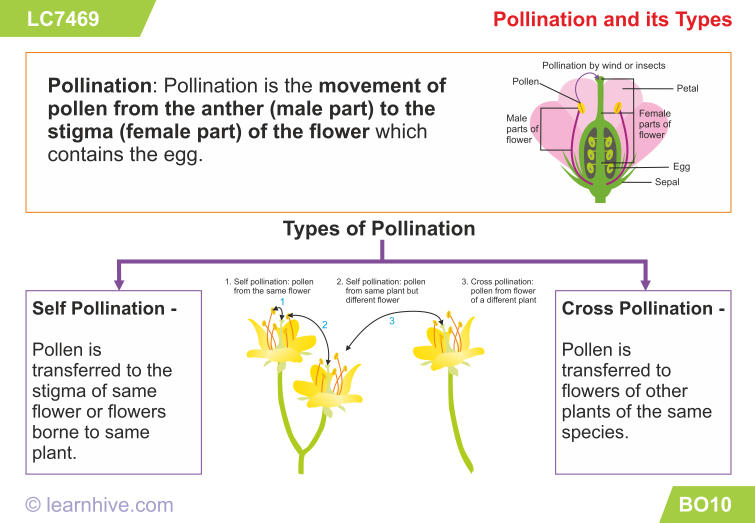 In cloudy or rainy weather, the pollen sticks together into flakes and does not spill out of the anthers. As a result, pollination is difficult.
In cloudy or rainy weather, the pollen sticks together into flakes and does not spill out of the anthers. As a result, pollination is difficult. Dependence of the size of a tomato on the correct choice of seedlings (seeds)
The quality of pollination is influenced by the ratio of the level of the stigma of the pistil to the level of the stamen column. The shorter the style of the pistil, the more pollen grains settle on it. In other words, the smaller the ratio of the length of the pistil to the staminate column, the better the pollination (Table 1).
In our case, this ratio is minimal in the hybrid F 1 Beysuzhok, which ensures, along with low pollen fertility, a large amount of pollen grains on the stigma.
It is the insufficient amount of pollen that falls on the stigma that is the factor limiting fruit formation.
There is a strong positive correlation between fruit size and the number of pollen grains on the stigma within the same variety.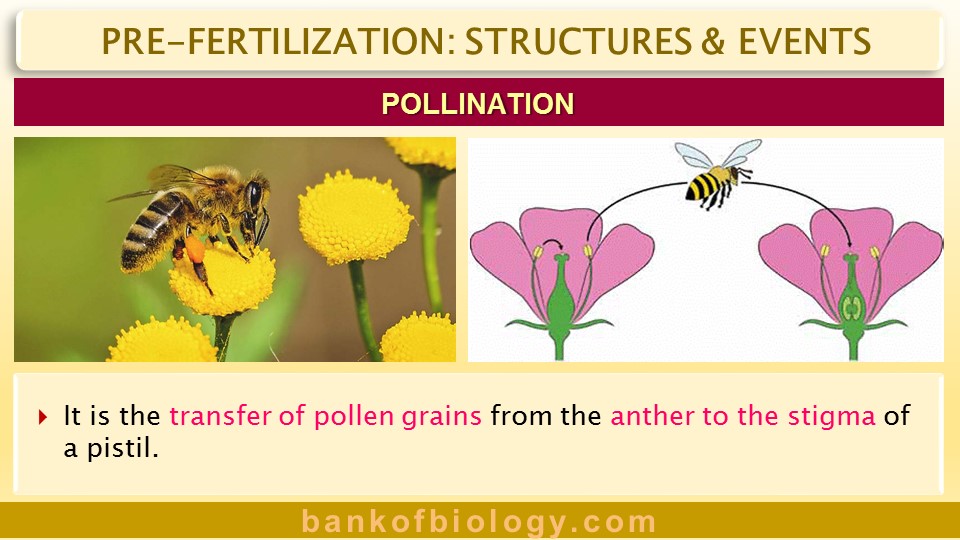 For varieties with fruits of medium size (140-160 g), at least 150-200 pollen grains must be placed on the stigma of the pestle.
For varieties with fruits of medium size (140-160 g), at least 150-200 pollen grains must be placed on the stigma of the pestle.
Meanwhile, not all pollen grains that fall on the stigma of the pestle stick to it. And of the total number of pollen grains adhering to the stigma, only 60-70% germinate. Thus, in order to obtain a fruit of normal size, the number of pollen grains that fell on the stigma of the pistil should reach 400-450 pcs.
Secondary tomato longostyly
When more pollen gets on the stigma of the pistil, the fruit growth rate increases, which is explained by the stimulating effect of auxins contained in pollen grains. One of the reasons for the violation of the transfer of pollen from the anthers to the stigma of the pistil is secondary longostyly. The fact is that the act of fertilization contributes to the cessation of the growth of the style of the pestle. If, for some reason, fertilization has not occurred, the pistil continues to grow, pushing the stigma above the cone of stamens by 3-7 mm.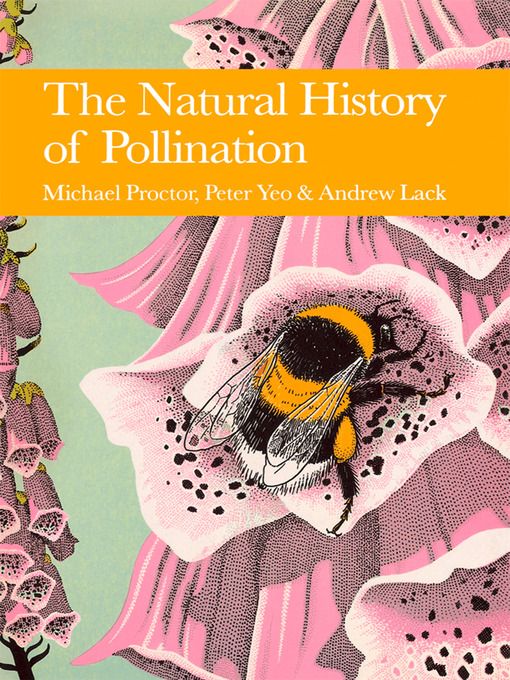
The length of the pistil is determined primarily by the characteristics of the genotype, i.e. it is a varietal trait. At the same time, environmental conditions largely affect the length of the column.
Secondary longostylia is noted in conditions of low light, high temperature, high or low air humidity, excessive application of nitrogen fertilizers, as well as when treated with growth regulators. Conditions of different water supply do not have a significant effect on the length of the style of the pistil and stamen column. Elongation of the style of the pistil is also possible with the reduction of the male genital organs, i.e., stamens. At low temperatures (7 °C), the length of the pistil style decreases, regardless of the age of the plant.
How to improve fruit set
There are two ways: the first is to deliver the maximum amount of pollen grains on the stigma of the pistil, using various methods of additional pollination; the second is to temporarily provide for the lack of pollen using chemical agents.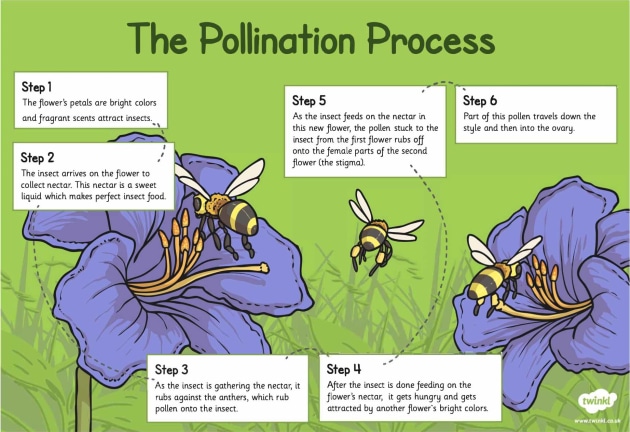 The use of one or another method depends on the timing and growing conditions.
The use of one or another method depends on the timing and growing conditions.
When working with chemical stimulants, parthenocarpic fruits are obtained, which, as a rule, are smaller than ordinary seeds. Often they are irregular in shape, ribbed, hollow, swollen or with a pronounced spout, with a reduced content of sugars and acids, and are inferior in taste to seed fruits. Parthenocarpic fruits are more susceptible to blossom end rot.
Stimulants of tomato development
Various chemical compounds are used as stimulators of parthenocarpic development of fruits : gibberellins, glycosides, indolyl compounds, chlorine products of benzoic and phenylacetic acid, methyl greenhouse products, etc. when it is possible to regulate many environmental factors, the most effective is the mechanical method of improving the formation of fruits, when using which the yield of the marketable part of the crop is higher.
Choice of pollination method
Tomato fruit set largely depends on the pollination method.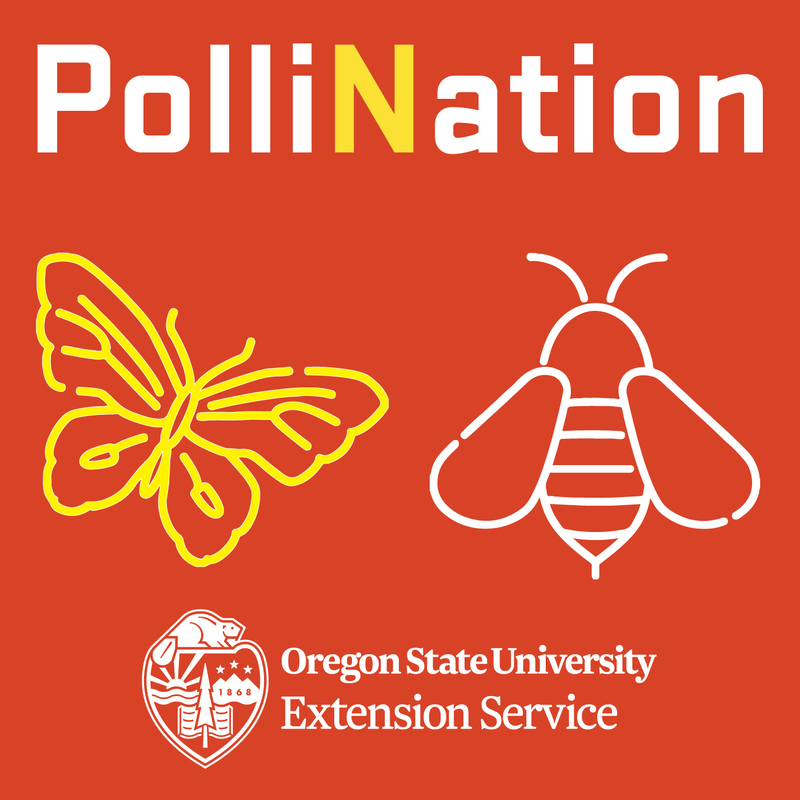 Tomato pollen is heavy, and getting it on the stigma of the pistil during self-pollination is difficult. The applied vibration of flowers, inflorescences or plants, although it does not cause a sharp increase in fruit formation, contributes to the growth of the mass of fruits. At the same time, more seeds are formed in them due to more pollen getting on the stigma of the pistil. Thus, the main purpose of additional pollination is to deliver a sufficient amount of pollen to the stigma of the pistil.
Tomato pollen is heavy, and getting it on the stigma of the pistil during self-pollination is difficult. The applied vibration of flowers, inflorescences or plants, although it does not cause a sharp increase in fruit formation, contributes to the growth of the mass of fruits. At the same time, more seeds are formed in them due to more pollen getting on the stigma of the pistil. Thus, the main purpose of additional pollination is to deliver a sufficient amount of pollen to the stigma of the pistil.
When using different methods of pollination, different amounts of pollen grains fall on the stigma of the pistil. So, when vibrating inflorescences and flowers with an electric vibrator, 100 pollen grains fell on the stigma of the pistil, when shaking the trellis wire manually - 15, in the control (without additional measures) - 4 pollen grains. According to other data, with daily shaking of plants manually by the stem or twine, 30-40 pollen grains stuck to the stigma, when using an electric vibrator 2-3 times a week - 100-120 pollen grains.
Additional pollination should be carried out twice a week, from 10 am to 12 pm. Given that the tomato flower remains open for 4 days, it is this frequency of additional pollination that allows you to cover all the blooming flowers in the greenhouse at the exact time when the stigma of the pistil is ready to receive pollen.
Insects and pollination efficiency
The use of bees and wasps for tomato pollination in greenhouses is not widely used. These insects are reluctant to visit tomato flowers. But bumblebees, which are propagated in Russia, are widely used for pollination of tomato flowers. One bumblebee family is designed to pollinate a greenhouse with an area of 2000 m 2 for about 2 months. Then you should buy another, young family. At the same time, the increase in yield is 15-20%, the mass of fruits increases and their color improves. A varietal reaction to additional pollination by bumblebees is noted.
The Benefits of Supplemental Pollination
It is especially important to apply supplemental pollination on the first four inflorescences when the plants are growing more strongly.

